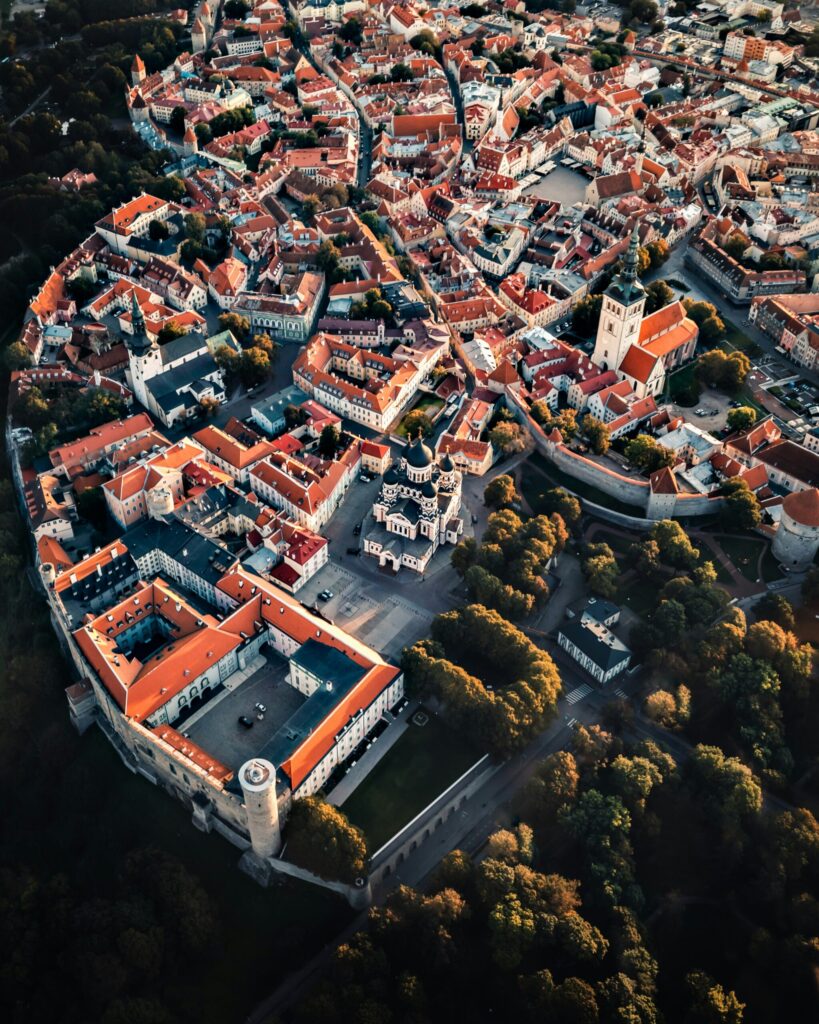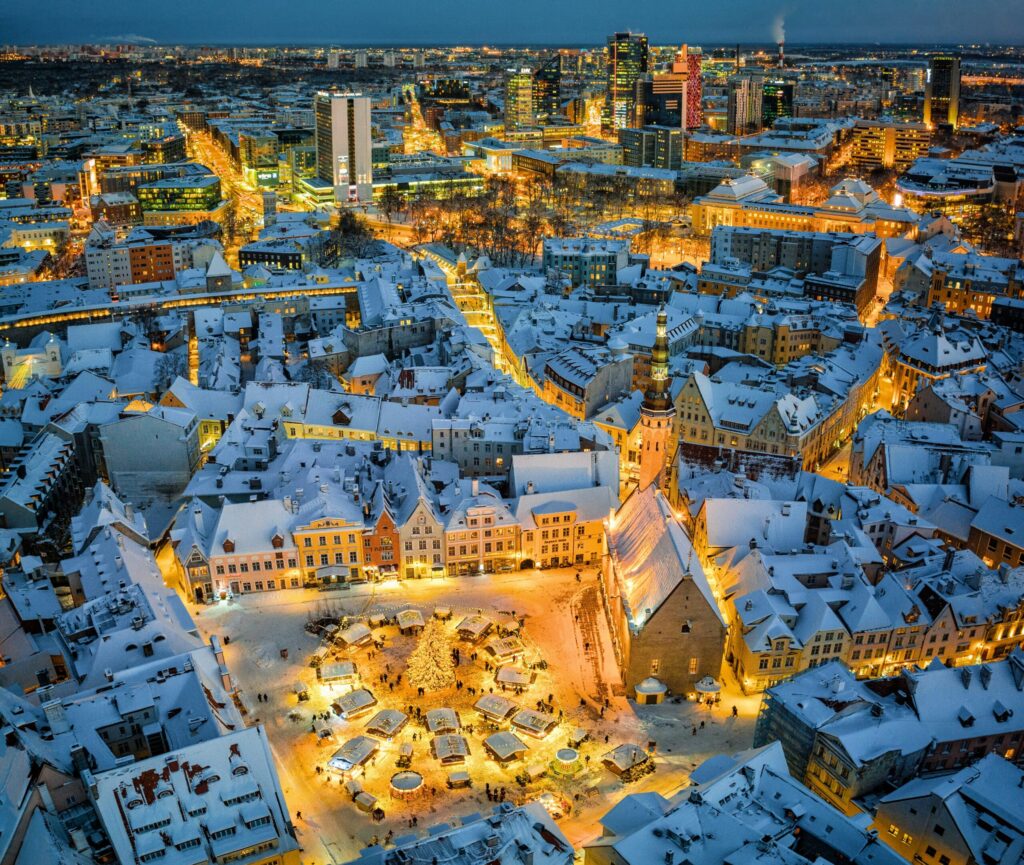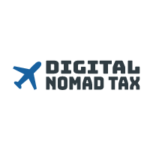Estonia is a country well-known by many digital nomads because of their digital (nomad) initiatives. One of them is the Estonia digital nomad visa.
Let’s find out more about the requirements and key considerations.
Overview of the Estonia Digital Nomad Visa
The Estonian DNV became active after it was introduced by legislation in August 2020.
- Requirements: have remote work, meet the income threshold of EUR 4.500 and satisfy some miscellaneous criteria.
- Legal residence: the digital nomad visa gives you the right to live in Estonia for up to twelve months.
- Schengen access: DNV holders can travel in the Schengen area up to 90 days every 180 days without needing any additional visa.
- Dependents: your dependents (spouse and minor children) can also get visa approval if you meet the conditions.
- Taxes: if you plan to stay more than six months in Estonia you need to assess the tax impact as you’ll become an Estonian tax resident.
Estonia Digital Nomad Visa Requirements
If you want to obtain the Estonia digital nomad visa, you need to meet certain requirements.
Hereby an overview of the eligibility criteria:
- Work remotely: certify that you can do your work remotely and location independent. You need to show you have an employment contract with a company abroad, run a business registered in another country or work as a freelancer for foreign clients.
- Minimum income: proof of a minimum income of EUR 4.500 for at least six months prior to your application.
- Clean criminal record: provide a copy of your clean criminal record from your country of residence.
- Health insurance: have insurance that covers you in Estonia and the rest of the Schengen area for the duration of your stay with a minimum coverage of EUR 30.000.
- Valid passport: your passport should be valid till three months after your intended departure out of Estonia.
- Age limitation: applicants should be at least 18 years old.
- Accommodation: show proof of accommodation through a rental agreement or booking.
If you want to learn more about the requirements, you can always check the official website of the nomad visa or the FAQ issued by the Estonian authorities.

Costs and Fees for the Nomad Visa Program
The fees for the digital nomad visa depend on the exact visa you’re applying for.
If you apply for a short stay type C visa, the fee is EUR 80. This visa is valid for up to 90 days in a period of 180 days.
For a long-stay type D visa, the fee is slightly higher at EUR 100. Yet, here you can stay up to one year.
These are the official applications fees paid to the Estonian government. If you use an agency to assist you with your application, they will charge you their fee on top of these application costs to cover their work.
Application Process for the Digital Nomad Visa
Just like with any digital nomad visa, you need to make sure you follow the necessary steps in the application process to successfully get your hands on the Estonian digital nomad visa.
Check Eligibility Criteria Estonian DNV
The first step in applying for the digital nomad visa is to check if you actually meet the eligibility criteria. You can find those listed above.
If you don’t meet those criteria, you can save yourself the trouble of applying as it will just be wasted time and money.
Gather Documents
In order to proof that you meet the eligibility criteria, you will need to gather the necessary documents.
Accordingly, you’ll need at least the following documentation:
- Valid passport
- Signed application form (see below)
- Two passport pictures
- Proof of remote work: employment contract or business information and contracts
- Bank statements for last six months as proof of minimum income
- Proof of accommodation
- Proof of health insurance policy with necessary coverage
- Criminal record
- Cover letter explaining your situation and why you apply for the DNV, including proof of your credential (e.g. diploma) – optional but recommended.
In case you want to bring dependents, you’ll need to provide proof of your relationship (e.g. marriage or birth certificate).
Upon reviewing your application, the authorities might ask for additional documentation.
Complete Application Form Estonia Digital Nomad Visa
If you gathered all the necessary documents, you can now submit the application form for the Estonian digital nomad visa.
Make sure to select the right visa: short-stay (type C) or long-stay (type D), as discussed above.
You’ll need to print out the application form and sign it. Then you hand it in person together with your supporting documents proving you meet all the requirements.
Schedule Appointment & Pay Application Fee
After completing the online application form, you will need to schedule an appointment to hand in your application in person.
You can hand in the application with the nearest Estonian embassy or consulate. Alternatively, you can also use one of the recognized visa services. If you’re already in Estonia, you can apply with the local Police and Border Guard office.
Upon attending your appointment, you’ll also be asked to pay the application pay.
The processing time is normally between 15 and 30 days.
Collect Your Visa & Register in Estonia
If your application is successful you can pick up your visa at the office where you applied.
With the visa in hand, you can now travel to Estonia (if you weren’t there yet).
Once you arrived in Estonia, you need to register yourself with the Estonian Population Register.
Furthermore, if you plan to stay longer than six months, you’ll also get a digital identity card.
You shouldn’t confuse this digital identity card with the card you get with your e-residency though. Both might look the same but they have a different purpose. The digital identity card is only handed out to actual residents and citizens of Estonia. The latter one can be requested by nearly everyone.
Renewal Estonia Digital Nomad Visa
You can’t renew your Estonia digital nomad visa when it is about to end. However, you can apply for a new DNV.
Nevertheless, you should note that any (third country) foreigner can only stay in Estonia on a long-stay visa for a maximum of 548 days within 730 consecutive days.
Therefore, your second visa will only be valid for six months if you apply immediately after the end of your initial DNV.
Tax Considerations about the Digital Nomad Visa in Estonia
If you stay in Estonia for more than 183 days in any twelve month period, you’ll obtain Estonian tax residency.
Consequently, you’ll have to pay income tax on your income for that year in Estonia.
Estonia applies a flat tax rate of 22% since 2025. As from 2026, the rate will increase further to 24%.
Furthermore, you could also become subject to social contributions in Estonia.
Moreover, if you run your own business, that business could also become liable to taxes in Estonia if you become a tax resident there yourself.
Therefore, you need to consider upfront how much time you want to spend in Estonia and what the potential consequences are for your situation.
For many digital nomads it might be better to make sure you don’t get caught in the Estonian tax net.
You can read this article if you want to learn more about income taxes in Estonia.

How is Estonia for Digital Nomads
Many digital nomads like Estonia. Let’s have a closer look at why this is actually the case:
- Digital first approach: Estonia takes a digital first approach and tries to make (government) services as accessible as possible. The e-Residency program is a good example of this.
- Internet: consequently, you can also expect to find high-speed internet all over the country, a must-have for digital nomads.
- Quality of live: Estonia offers a high-qualify of life, comparable to many Western European countries.
- Cost of living: although the quality of life in Estonia is comparable to that of Western European countries, the cost of living will in general be lower. Of course, the actual cost of living will heavily depend on your standards.
- Digital nomad visa: with adding the Estonia digital nomad visa, they offer an easy path for third-country nationals to stay long-term in the country and even visit other parts of the Schengen area without the need for an additional visa.
- Community: because of all these elements, you can find a big digital nomad community (mainly in Tallinn and Tartu).
Nevertheless, if you don’t like the cold weather, you better plan your trip to Estonia in the right season.
Moreover, the international communities are mostly based in the bigger cities and visiting more remote places as a digital nomad might be more of a challenge.
Work With Me
Do you plan to apply for the Estonia digital nomad visa and you’re not sure how that will work out from a tax point of view?
Or, maybe, you are looking for an overall strategy for your international lifestyle?
